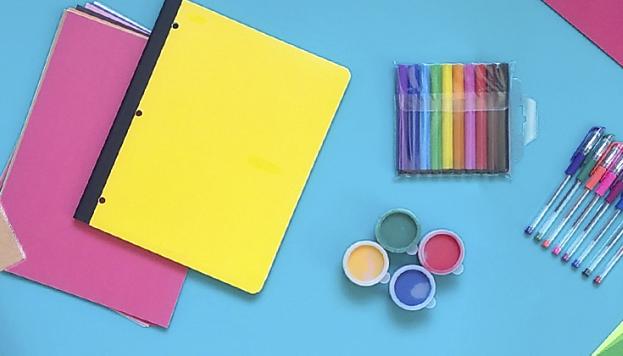
Students are still choosing to do their important learning on paper. And with good reason. Here are reasons why they’re making the right choice.
Paper encourages focus.
In comparison, digital screens are built for distraction. You start studying, but then here’s a cat video and here’s an online quiz and here are a million sites where you can buy a billion things and here’s a friend request and here’s an app that can immediately play every single song ever sung and now your battery’s running low and where did the last four hours go and you haven’t even started studying yet… It’s a great time to be alive. Living in a world with access to these things is amazing. Most of the time. But when the time comes to focus, paper encourages concentration.
Paper carries weight.
Literally. It’s tangible. A letter from a friend means more than an email. A picture on a wall holds more meaning than one uploaded to social media. As pixels become more and more ubiquitous, paper’s currency becomes more and more valuable. According to Dr. Naomi Baron, a professor of linguistics at American University, “Print is tailor-made for helping us read continuously, concentrate, puzzle out concepts and contemplate the significance of what we have read.”
Writing out notes on paper takes time. And that’s sort of the point.
It’s a psychological phenomenon called “desirable difficulty.” Writing out notes by hand on paper forces students to process the meaning of what their teachers are lecturing, rather than simply dictating the information on a laptop. More isn’t always better. When it comes to retaining important information, handwritten notes are more useful than word-for-word dictation. By handwriting notes, students listen, digest and then summarize information, leading to increased retention.
Paper spans generations.
The world has changed significantly in the past 2,300 years. One constant, though, is paper. You use it. Your grandparents used it. Your grandchildren will use it. There’s no tutorial necessary to use paper. Its ease of access can connect those generations.
Studying while distracted is inefficient. It wastes time, fosters a short attention span, and leads to bad studying habits. Though technology has improved our lives in many ways, it’s also provided us with options too difficult to ignore when they need to be ignored the most. Reading may happen on digital screens, but learning is done on paper.




